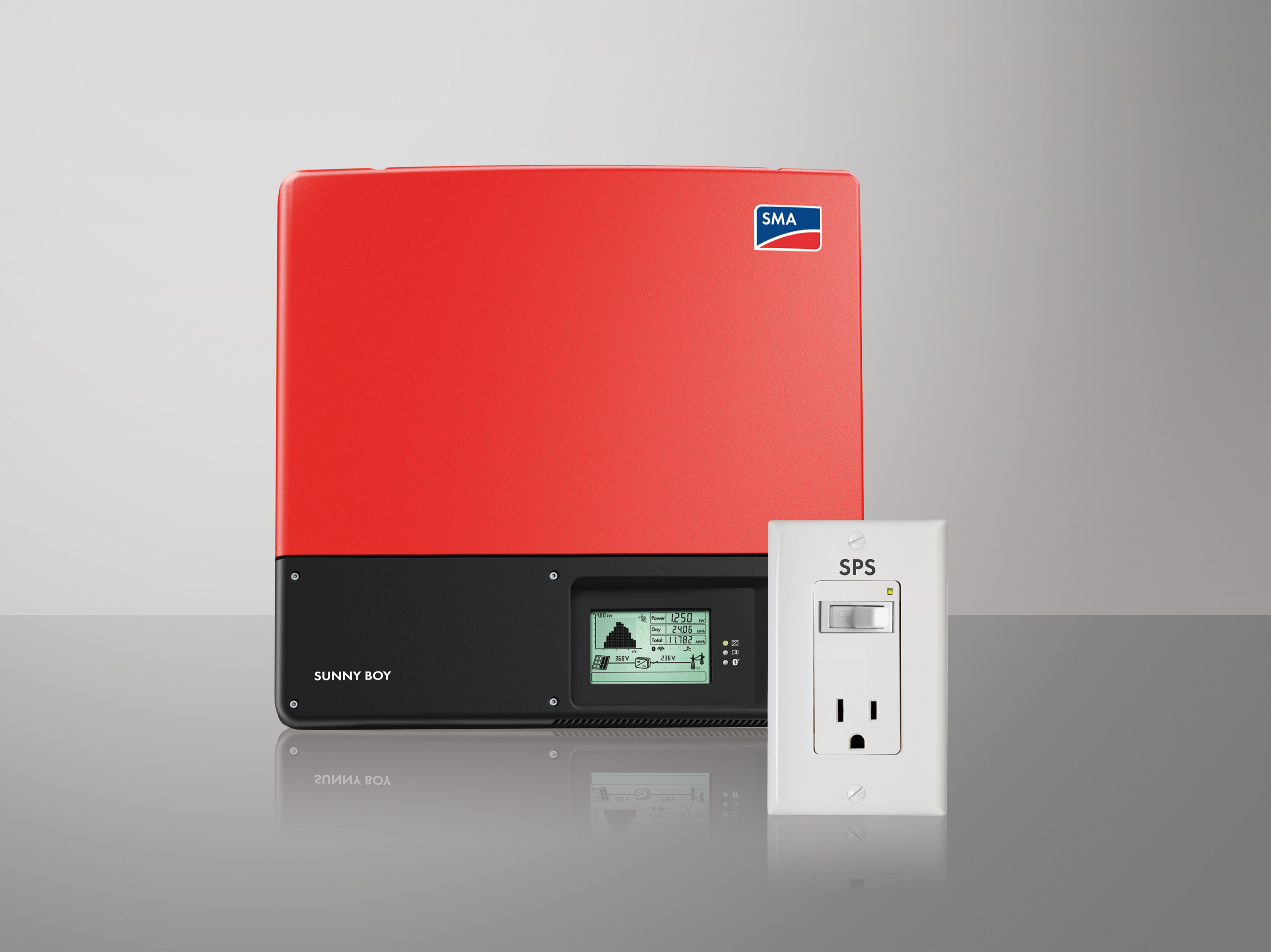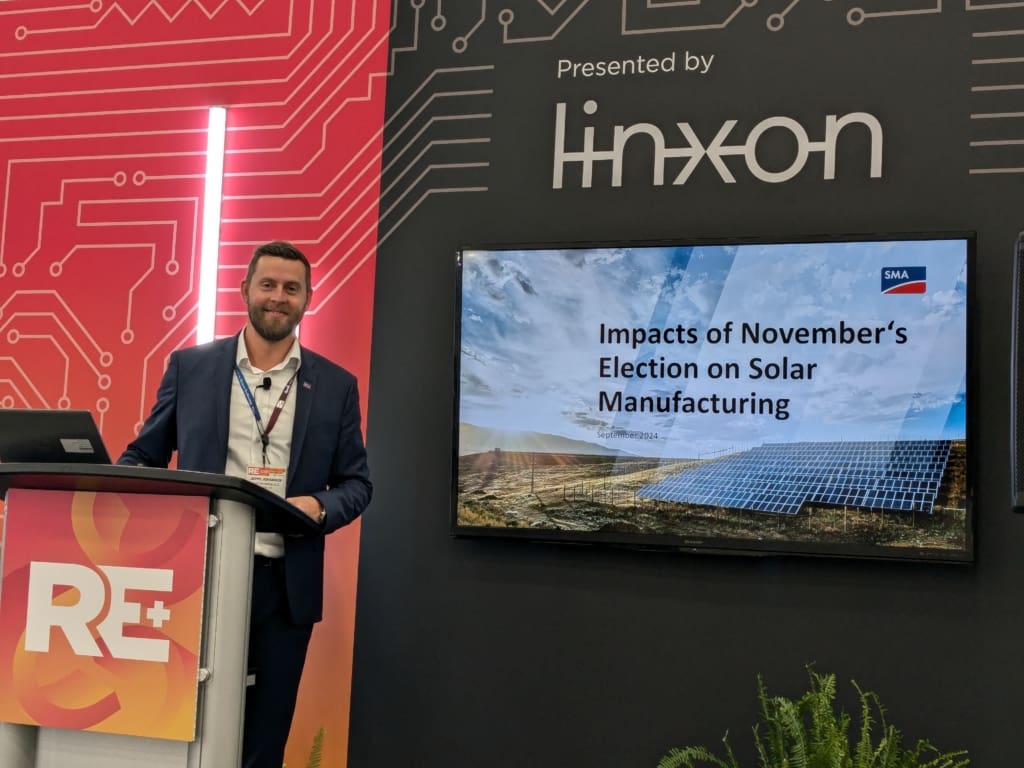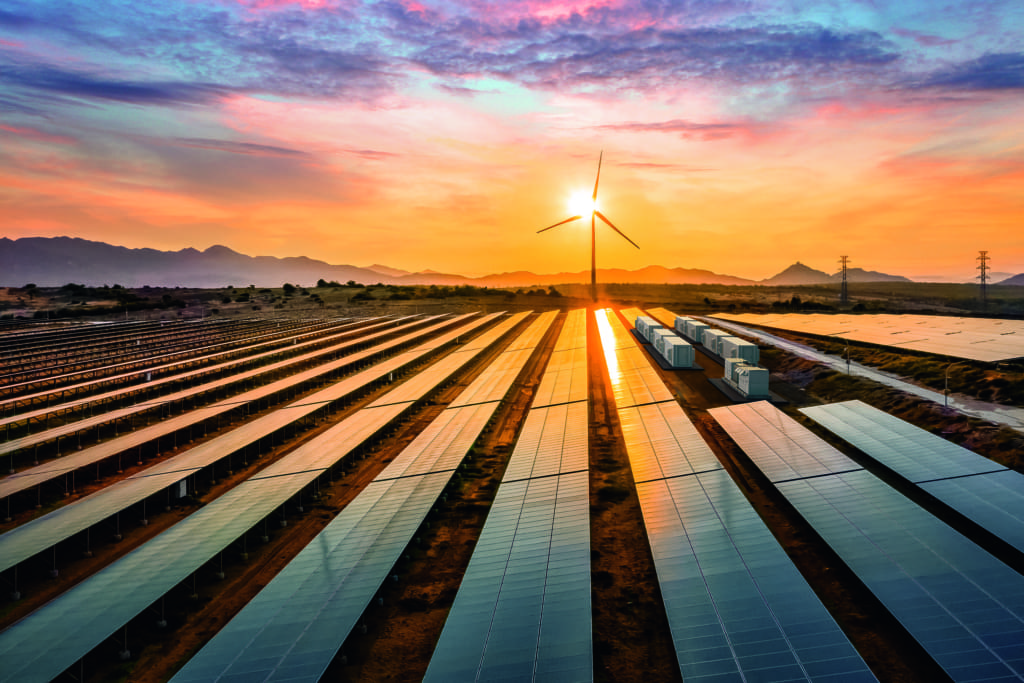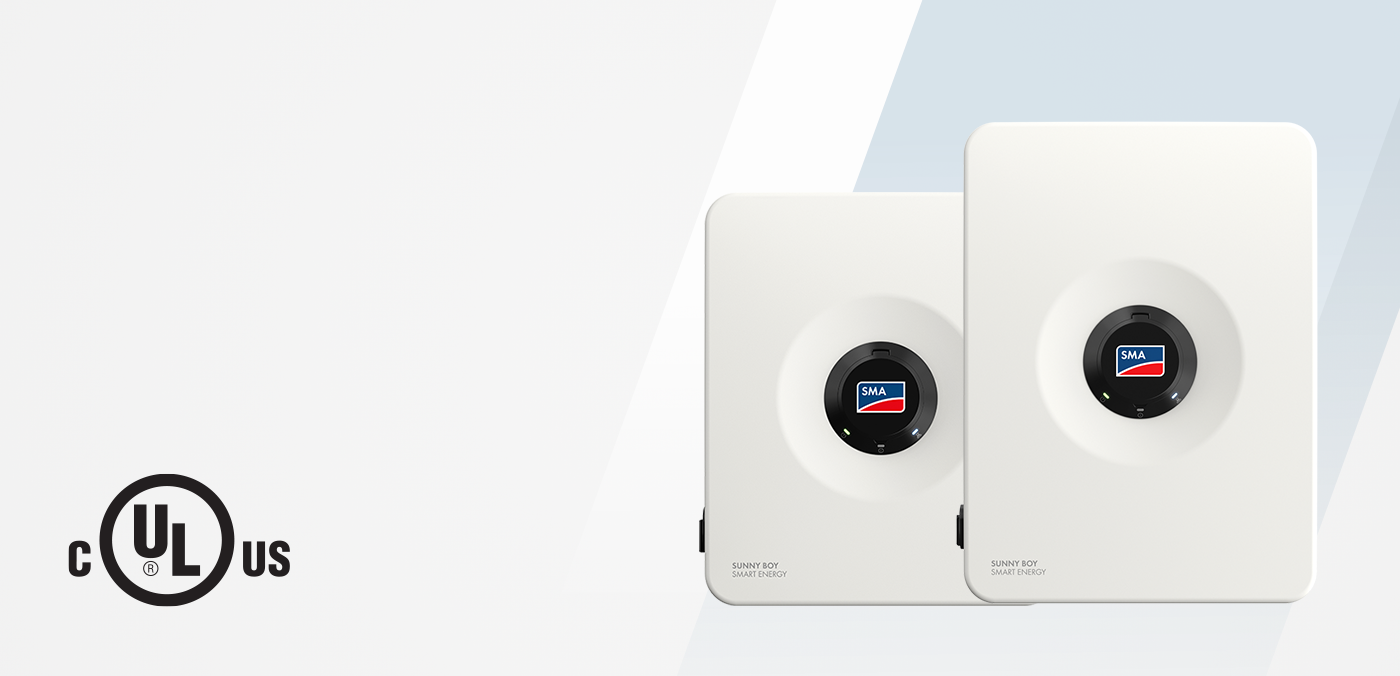Part 2: How does the Sunny Boy TL-US stack up against module-level systems?
The myth of more power
A common misconception is that module-level PV systems yield more power than arrays utilizing string inverters. However, that myth is easily disproven by analyzing data published by the module-level electronics manufacturers themselves. In this section, we will explore claims made about module-level electronics and energy production compared to the industry’s most powerful residential inverter: the Sunny Boy TL-US with Secure Power Supply (SPS).
Large added costs for little added power
PV Evolution Labs conducted a side-by-side comparison of energy harvest from four PV systems, two of which included Enphase micro inverters and two powered by SMA string inverters. Except for the inverter type, all system specifications were the same: number of panels, DC capacity, module type, array orientation and location. The test–paid for by Enphase—concluded that the systems with the micro inverters produced about 1 percent more energy than the ones powered by 4-year-old Sunny Boy HF inverters (not the Sunny Boy TL-US with Secure power Supply) under unshaded conditions.
However, the test was NOT, in fact, a direct comparison because the systems were not evenly sized, a fact not mentioned in the final report. In reality, the DC-to-AC ratio of the systems with SMA string inverters was 0.96, meaning they were undersized, while the DC-to-AC ratio of the arrays with Enphase micro inverters was 1.11, resulting in oversized systems. Even without equal sizing, the systems with Enphase micro inverters and a higher DC-to-AC ratio only outperformed the systems with SMA string inverters by 1.2 percent, or 46 kWh. That equals an annual savings of only $5.52!
But what is the real cost of that extra $5.52? A 3 kW system with Enphase micro inverters costs about $1,100 more than one with SMA string inverters. That means the overall system price is 13.75 percent more for just an extra 1.2 percent in yield, adding significantly to the payback period.
SolarEdge ups the ante by claiming its module-level power electronics solution will yield a whopping 25 percent more energy from partially shaded arrays. That figure is, once again, based on a SolarEdge-funded research study using an 8-year-old Sunny Boy -US. In actuality, the increased energy yield is just 1.9 percent for a system with light shading. For a customer paying $0.14 per kWh, that totals yearly savings of $26.88, which means you can buy a large pizza.
But the question begs to be asked: Is a foot-long sub or large pizza really worth the extra labor and risk to your business?
The truth about efficiency
Module-level electronics manufacturers like to assert that their devices are also more efficient than string inverters, based on misleading percentages. In nationwide advertising campaigns, SolarEdge declares efficiencies of 98 and 99.5 percent for its module-level electronics, since it relies on two devices for power conversion. However, the weighted efficiencies for the same products fall well below that at 97.5 percent for its inverter and 98.8 percent for its DC optimizer, for a net efficiency of only 96.3 percent. However, no actual CEC efficiency exists for these devices. Claimed CEC weighted efficiencies are not supported by publicly available, independently certified test results.
Enphase micro inverters are only slightly more efficient at 96.5 percent (CEC weighted). However, the Sunny Boy TL-US with SPS beats them both with a published, CEC weighted efficiency of 97.0 percent, outperforming both SolarEdge and Enphase across the full output power range.
Power without added complexity or risk
The Sunny Boy TL-US provides optimal energy yield without added cost and complexity; reduced reliability; and increased service reliability, all of which afflict systems with module-level electronics. It takes numerous micro inverters or DC optimizers to power an array that can be serviced by just one Sunny Boy TL-US string inverter. Fewer devices results in more inverter uptime, which greatly increases energy yield over the life of the system.
All other points aside, when the grid is down, the Sunny Boy TL-US is the only residential inverter that keeps producing power, thanks to its Secure Power Supply. This exclusive function makes it possible for the inverter to provide up to 1,500 W of daytime standby power for charging laptops, cell phones and more, without the need of additional, costly batteries.
The next parts
Stay tuned for the next installments of How does the Sunny Boy TL-US stack up against module-level systems?, which delve into shade mitigation, cost considerations and operations and maintenance of residential arrays with module-level power electronics versus with the Sunny Boy TL-US with Secure Power Supply. Miss the first installment? Click here for Part 1: Added value and opportunity power.





Great point about the system failures being identified due to the actual inverter failure. We have done 8-10 repairs for older Enphase systems that were quickly diagnosed, and was always the microinverter, never the PV Module.
It’s interesting that you would use a 3kW system to compare installation costs between an SMA TL string inverter and Enphase micro-inverters. Recently, SMA increased the price of the 3000-TL here in the U.S. so, my personal experience is that the cost difference between the SMA 3000-TL + monitoring (~$1600) and 12 Enphase micro-inverters + Monitoring (~$2000) is only about $400. We can debate whether the SMA inverter produces more power than the Enphase micro-inverters, However, there is no question that the value of having module level data is UNDISPUTABLE. I’ve had the occasion to troubleshoot performance problems on a system which turned out to have a few PV modules that were underperforming by 30% – module level monitoring made the task of isolating the failing components much simpler. I don’t think it would have been that easy had the system been using a string inverter.